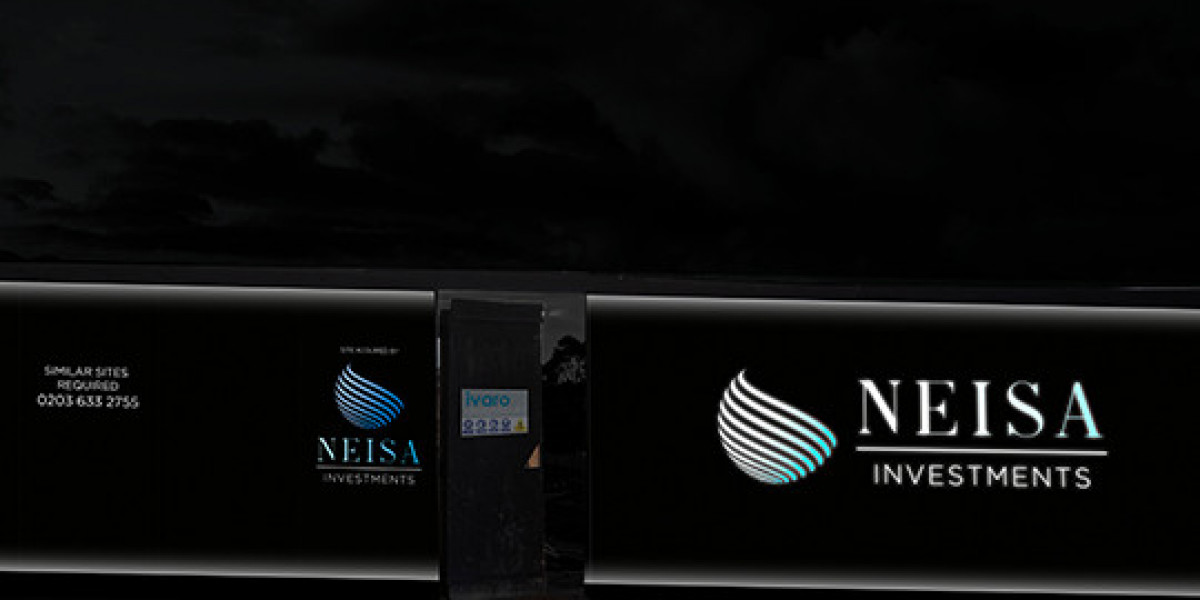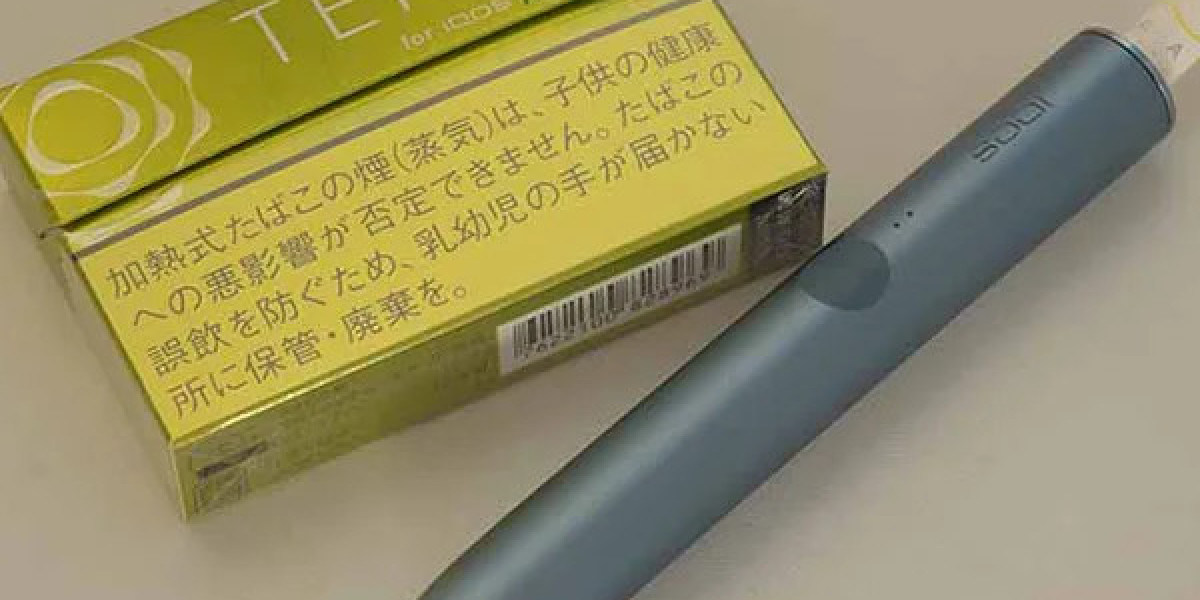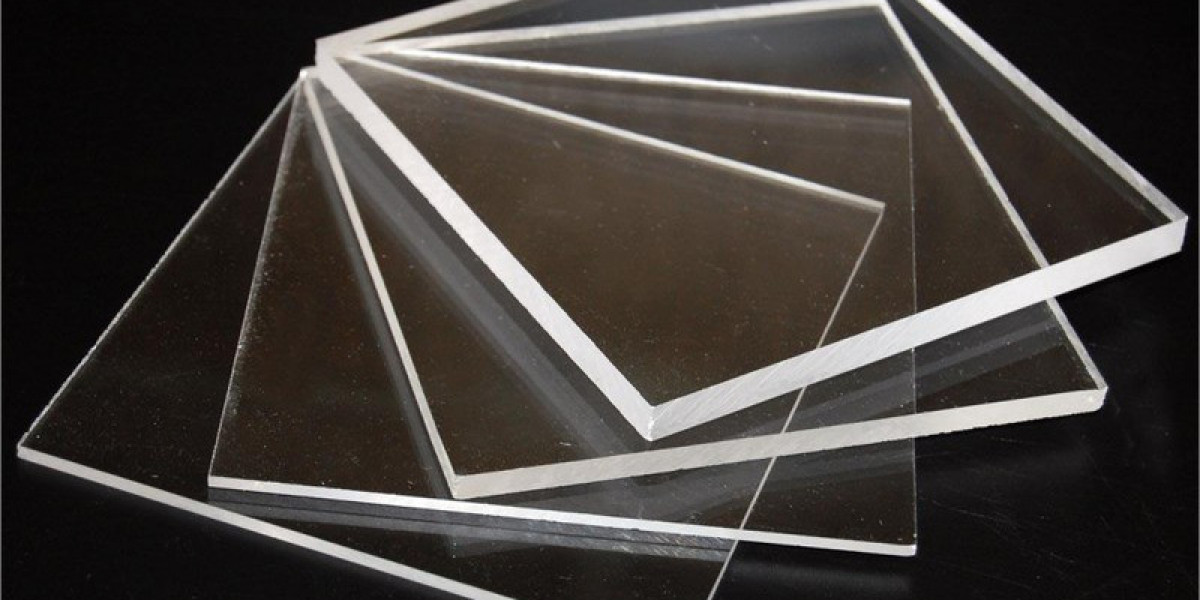Construction sites, renovation zones, and outdoor events all rely on hoarding to create boundaries, protect the public, and secure valuable equipment. But hoarding alone isn’t enough. To keep people safe and deter unwanted activity, visibility is key, especially at night or in low-light conditions. That’s where motion-activated lighting comes in.
In this blog, we’ll explore how motion-activated lighting makes hoardings safer, how it works, where to use it, and why it’s a smart addition to any site. Whether you're working with a wooden hoarding or a sleek aluminium composite panel setup, effective lighting is essential.
The Role of Hoarding in Site Safety
Hoarding is more than just a temporary fence. It plays a vital role in protecting the public from construction hazards, securing the site from theft and vandalism, and keeping unauthorised people out. In the UK, safety regulations often require that construction hoardings be strong, stable, and clearly visible, especially in urban areas.
But many sites still struggle with safety and security after hours. Poor lighting can make it easy for intruders to slip through unnoticed, or for workers to trip and fall. Adding hoarding lighting especially motion-activated lights is a simple, affordable solution that can make a big difference.
What Is Motion-Activated Lighting?
Motion-activated lighting is a type of smart lighting that turns on automatically when it detects movement. These lights use built-in sensors to spot motion, usually infrared (heat) or microwave sensors. When someone walks by or approaches, the light turns on. After a set amount of time, it turns off again if no further movement is detected.
You can find many types of motion-activated lights suitable for outdoor use, including LED floodlights, solar-powered options, and wired systems. They can be fixed directly to hoarding structures, scaffold poles, or portable stands.
Motion lighting is especially effective for aluminium composite panel hoardings, as the smooth surface and metallic look reflect light well, further improving visibility.
5 Ways Motion-Activated Lighting Enhances Hoarding Safety
Let’s look at how motion-activated lighting improves the safety of hoarding installations, both for people working on-site and for the general public.
1. Deters Unauthorised Access and Theft
Construction sites often store valuable tools, materials, and machinery overnight. Unfortunately, this can attract trespassers and thieves. Installing motion-activated lighting sends a strong message that the site is being monitored.
When a light suddenly switches on, it can startle an intruder, making them think twice about entering. It also increases the risk of being seen or recorded by CCTV. This is often enough to deter crime before it happens.
2. Improves Visibility for Workers and Visitors
Sites often have people coming and going outside of daylight hours. Poor lighting near hoardings can lead to accidents, especially in areas where the ground is uneven or where materials are stored.
Motion-activated hoarding lighting improves visibility at entrances, along walkways, and near any signage or warning notices. Workers and visitors are better able to see where they’re going and avoid potential hazards.
3. Supports 24/7 Site Monitoring
Most construction sites use CCTV to monitor activity. But without proper lighting, footage captured at night may be blurry, dark, or unusable. Motion lighting helps solve this.
When the light turns on in response to movement, it brightens the area just long enough for cameras to capture clear images. This improves security and makes it easier to identify incidents if something goes wrong.
4. Cost-Effective Safety Upgrade
One of the best things about motion-activated lights is that they only operate when needed. Unlike lights that stay on all night, they use far less electricity. This makes them more environmentally friendly and helps to reduce energy bills.
There are even solar-powered models available, which are ideal for temporary sites where running power cables would be difficult or expensive. Once installed, they need very little maintenance.
If you’re already investing in premium hoarding materials such as aluminium composite panels, adding motion lighting is a low-cost upgrade that enhances your site’s professional look while boosting safety.
5. Helps Meet Health and Safety Standards
UK health and safety guidelines encourage employers and site managers to carry out regular risk assessments. Good lighting is often mentioned as a key factor in reducing accidents and improving site security.
Installing motion-activated hoarding lighting is an easy way to show that you’re taking safety seriously. It supports your overall health and safety plan and may even help to reduce insurance costs by lowering the risk of incidents.
Where and How to Install Motion Lighting on Hoardings
Getting the best results from motion-activated lighting depends on where and how it’s installed. Here are a few tips:
- Key areas to light: Entrances and exits, vehicle access points, pedestrian walkways, blind corners, and areas near expensive equipment.
- Height and angle: Lights should be mounted high enough to cover a wide area, usually 2–3 metres off the ground. Angle them slightly downward to avoid glare.
- Sensor placement: Make sure sensors are facing the right direction to pick up motion early—ideally 90 to 180 degrees of coverage.
- Wired vs. solar: Wired systems are more powerful and reliable, but may take longer to install. Solar models are quicker to set up and ideal for remote or temporary sites.
- Avoid false triggers: Position lights away from trees, busy roads, or areas with high foot traffic outside the site boundary, to avoid unnecessary activation.
If your hoarding is made of aluminium composite panel it’s worth noting that the smooth surface can reflect more light than wood or mesh fencing, making lighting even more effective.
Example
A construction company in East London working on a high-end residential project installed aluminium composite panel hoardings around the perimeter. Initially, the site faced issues with trespassers attempting to enter at night.
After installing solar-powered, motion-activated flood lights at each corner and near the main entrance, they saw a noticeable drop in break-in attempts. CCTV footage became clearer, and night-shift workers reported feeling much safer when moving around the site.
The investment paid off within weeks, saving time and money on repairs and increasing confidence among clients and workers.
Final Thoughts – Small Upgrade, Big Impact
Hoardings play a vital role in keeping construction sites secure, but they can be made even more effective with motion-activated lighting. This simple, cost-efficient upgrade enhances visibility, deters unauthorised access, and helps reduce the risk of accidents after dark. Whether your site uses traditional timber hoarding or modern aluminium composite panels, adding lighting demonstrates a commitment to safety and professionalism. When planning your next development, consider how lighting can boost security and protect both workers and the public. At Hoarding Print Company, we offer quality hoarding solutions with smart safety enhancements to help keep your site safe and well-presented.












